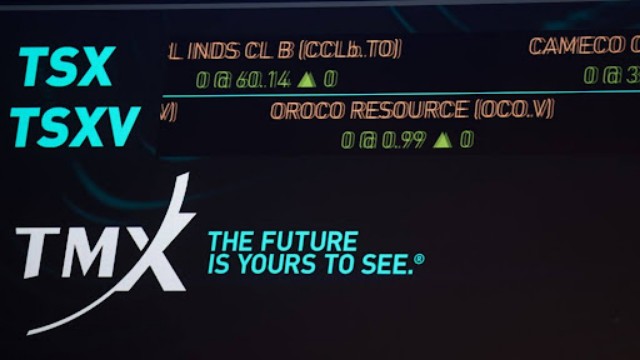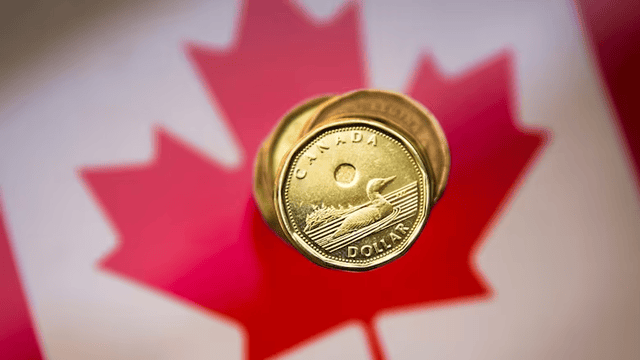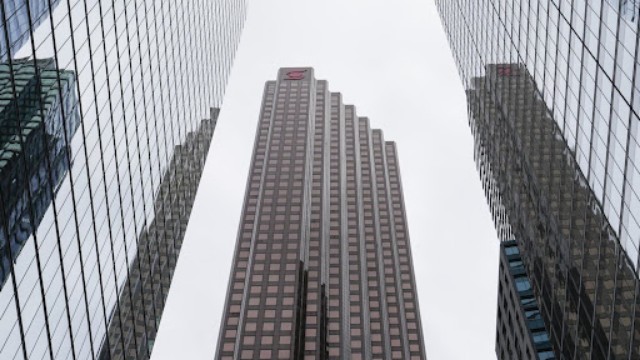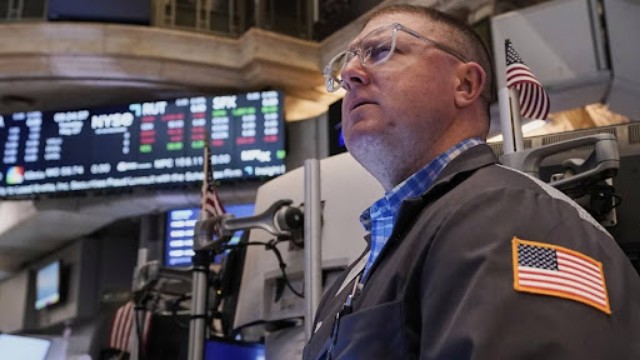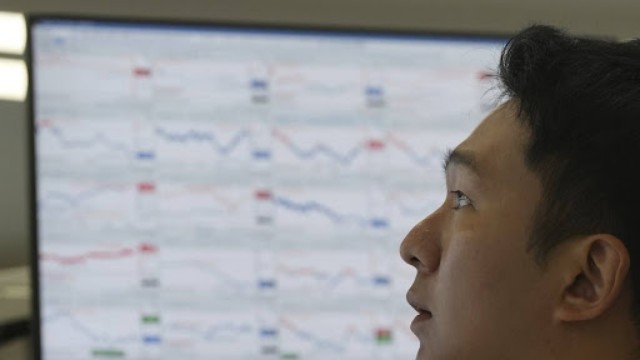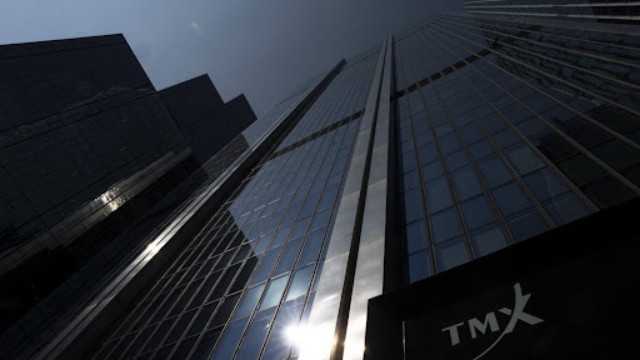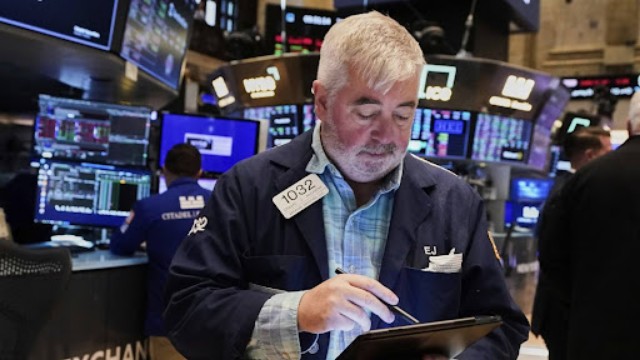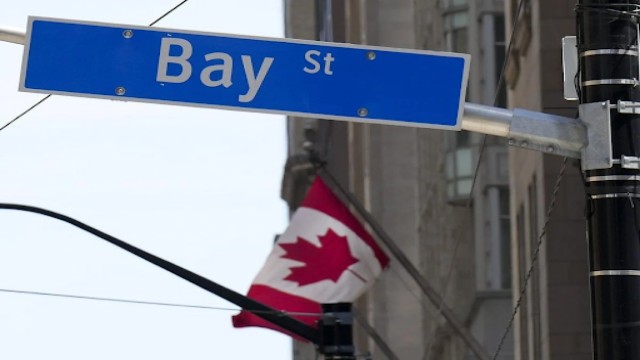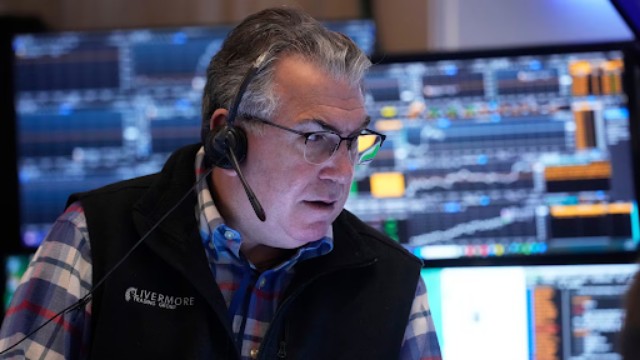
Trader John Bishop is seen at his post on the New York Stock Exchange floor on Thursday, April 10, 2025. (AP Photo/Richard Drew)
U.S. stock markets took a sharp dive on Thursday, erasing much of the excitement from the previous day’s rally. Investors were rattled again by mounting fears over the U.S.-China trade war, particularly after the White House clarified harsher tariff plans.
The S&P 500 dropped by 3.5%, reversing nearly half of Wednesday’s 9.5% surge. That rally had been driven by President Donald Trump’s decision to hold off on new tariffs for most countries. However, the optimism quickly faded. The Dow Jones Industrial Average slid 1,014 points, or 2.5%, while the Nasdaq fell 4.3%.
The turning point came when the White House revealed a steeper tax on Chinese imports—145% instead of the 125% Trump mentioned on his social media platform the day before. That move erased confidence and pushed the S&P 500 down more than 6% during the trading day.
Bhanu Baweja, a strategist at UBS, wrote, “Trump may have blinked, but the damage is already done.” He warned that even a partial rollback on Chinese tariffs wouldn’t shield U.S. companies from slowed growth and smaller profits.
Investors are also on edge due to Trump’s unpredictable actions. “No one knows what he’ll do next,” said Francis Lun of Geo Securities. “This uncertainty is making investors extremely cautious.”
Meanwhile, China is responding by reaching out to global partners, likely in an attempt to build a coalition against the U.S. tariffs. It’s also making moves that hurt American businesses directly. On Thursday, China announced it would limit the number of U.S. films allowed to be released in the country. As a result, Warner Bros. Discovery’s shares dropped 12.5%, and Disney’s fell nearly 7%.
A Chinese film official explained that American films may lose favor among Chinese audiences due to the U.S. government’s aggressive trade policies.
Back in Washington, Trump and Treasury Secretary Scott Bessent issued a warning to other countries: hold off on retaliating, and you might benefit from it. The European Union agreed to pause its countermeasures for 90 days to make room for negotiations.
The bond market, which had shown signs of stabilizing earlier in the day, also experienced turbulence. Yields had dropped after a better-than-expected inflation report, with the 10-year Treasury falling to 4.30%. But as market uncertainty grew, yields climbed again to 4.40%.
This back-and-forth reflects Wall Street’s current mood—unpredictable and cautious. The S&P 500 came dangerously close to a bear market, nearly falling 20% from its record high.
By the end of Thursday’s trading session, the damage was clear:
- S&P 500 fell 188.85 points to 5,268.05
- Dow Jones dropped 1,014.79 points to 39,593.66
- Nasdaq sank 737.66 points to 16,387.31
However, overseas markets reacted positively to Wednesday’s temporary tariff pause. Japan’s Nikkei 225 jumped 9.1%, South Korea’s Kospi rose 6.6%, and Germany’s DAX gained 4.5%—indicating the ripple effect of U.S. decisions on the global stage.


